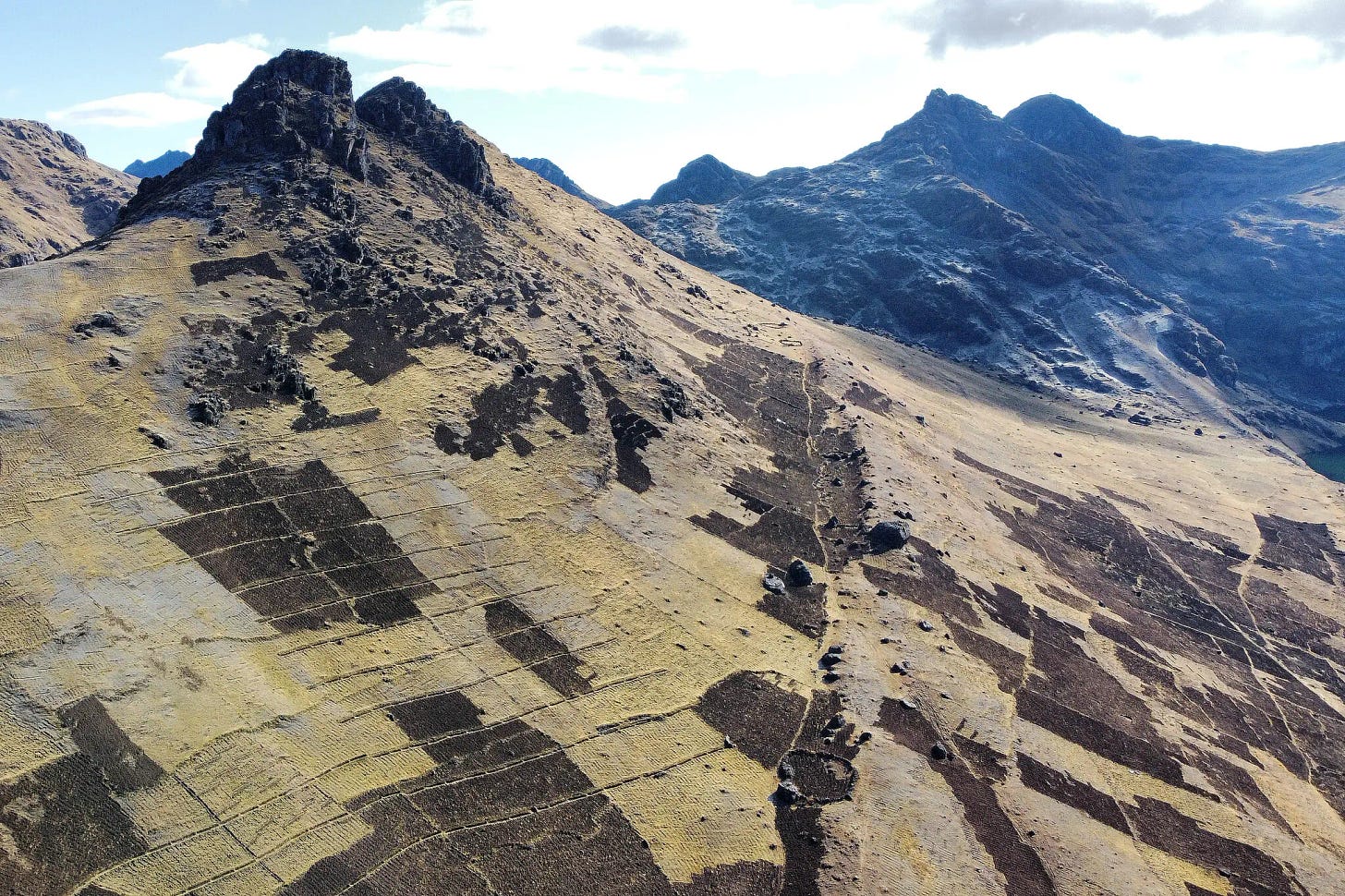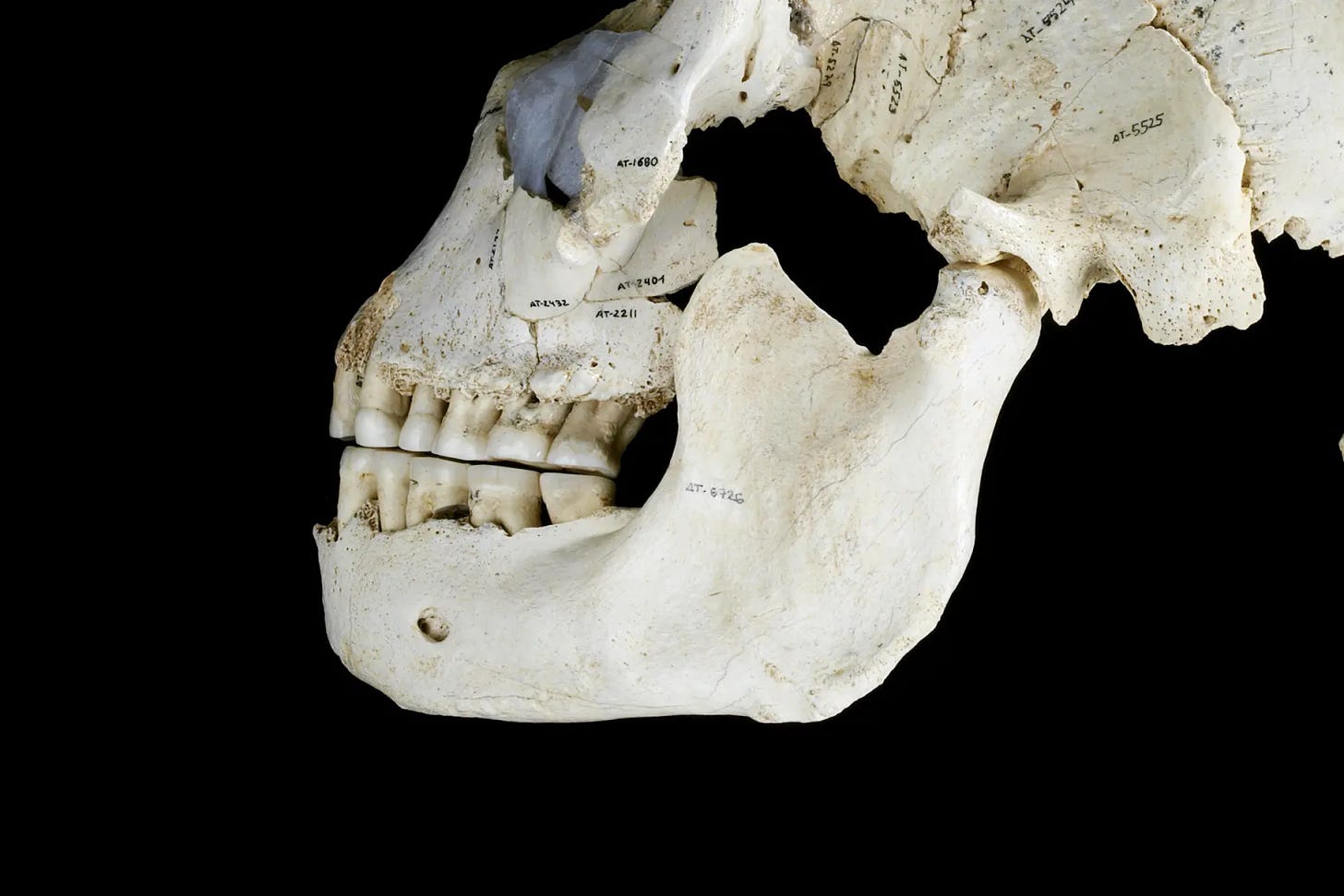The Evolution of Starch Digestion in Early Humans
Manage episode 445767014 series 3444207
The ability to digest starch has played a crucial role in human evolution. When starch enters the mouth, amylase, an enzyme in saliva, begins to break it down. Two recent studies in Nature1 & Science2 have revealed the evolutionary importance of amylase in our ancestors and how they adapted to changing diets. Researchers discovered that early humans experienced two significant waves of amylase gene expansion: the first potentially linked to the mastery of fire and the second with the onset of agriculture approximately 12,000 years ago.

Genetic Adaptation Over Millennia
Omer Gokcumen, a geneticist at the University at Buffalo, highlights the significance of these findings:
"This combination of adapting to diverse environments and modifying our diets is a core tenet of what makes us human."
His team’s work, published in Science, emphasizes the genetic adaptability that allowed early humans to thrive as diets evolved. This evolutionary flexibility may also provide insight into modern diseases like diabetes, where starch-heavy diets can cause complications for those with fewer amylase genes.

Peter Sudmant, a geneticist from UC Berkeley, led the second study, published in Nature, and discussed the progression of amylase genes over time. DNA sequencing revealed variability in gene copies among individuals, with some possessing only one copy and others having up to 11. In comparison, apes like chimpanzees have just a single amylase gene, showing a stark genetic difference.
Evidence from Ancient DNA
Gokcumen's team traced amylase gene evolution using ancient DNA from 45,000-year-old hunter-gatherers and Neanderthals. Findings suggested that early humans had around five copies of the gene, which might have emerged after learning to control fire over 600,000 years ago. This adaptation may have helped break down tough fibers in starchy plants, improving nutrition. As Gokcumen explained,
“It’s night and day with cooking.”
The heat from fire made starchy foods more digestible, and extra amylase genes likely offered a survival advantage.
The Impact of Agriculture on Amylase Gene Evolution
The second wave of amylase gene duplication occurred about 12,000 years ago with the agricultural revolution. As societies shifted to farming, diets changed to include more starch-rich crops like wheat, barley, and potatoes. Studies show a significant increase in the prevalence of extra amylase genes in the DNA of people from this period, suggesting a strong pulse of natural selection favoring individuals with more copies.
Dr. Sudmant’s team found evidence of similar evolutionary patterns in other regions beyond Europe and Western Asia. In Peru, for instance, potato domestication over 5,000 years ago aligned with a rise in amylase gene copies. Sudmant acknowledged,
“The idea that amylase has experienced intense natural selection in certain regions of the world may sound like ‘a remarkable and kind of crazy claim,’ but maybe it’s not so crazy.”
The Ongoing Mysteries of Amylase Evolution
Despite understanding the genetic patterns, some questions remain. Today, the presence of multiple amylase genes does not appear to significantly affect health or reproduction. This raises the question: What advantage did extra amylase genes provide to our ancestors?
Gokcumen suggests that amylase may act as a signaling enzyme, preparing the body to absorb sugar from starch efficiently. In times of scarcity, this signaling could have been crucial for survival, helping people maximize nutrition from limited food supplies. Gokcumen remarked,
“If you’re just barely surviving, then I think it will be a matter of life and death.”
Evolutionary Influences Beyond Natural Selection
Anthropological geneticist George Perry of Penn State University, not involved in these studies, cautions that migration and population replacement could also explain the spread of amylase genes. As groups migrated and intermingled, they may have introduced extra gene copies, influencing the genetic makeup of populations.
While Gokcumen and Sudmant’s work offers compelling evidence, Perry advises that further studies are necessary to confirm these conclusions. Nonetheless, these findings add a significant chapter to the understanding of how early humans adapted to dietary shifts and environmental changes, showcasing the intricate relationship between evolution, genetics, and survival.
Bolognini, D., Halgren, A., Lou, R. N., Raveane, A., Rocha, J. L., Guarracino, A., Soranzo, N., Chin, C.-S., Garrison, E., & Sudmant, P. H. (2024). Recurrent evolution and selection shape structural diversity at the amylase locus. Nature, 634(8034), 617–625. https://doi.org/10.1038/s41586-024-07911-1
Yılmaz, F., Karageorgiou, C., Kim, K., Pajic, P., Scheer, K., Human Genome Structural Variation Consortium, Beck, C. R., Torregrossa, A.-M., Lee, C., Gokcumen, O., Audano, P. A., Austine-Orimoloye, O., Beck, C. R., Eichler, E. E., Hallast, P., Harvey, W. T., Hastie, A. R., Hoekzema, K., Hunt, S., … Yilmaz, F. (2024). Reconstruction of the human amylase locus reveals ancient duplications seeding modern-day variation. Science (New York, N.Y.). https://doi.org/10.1126/science.adn0609
9 епізодів




